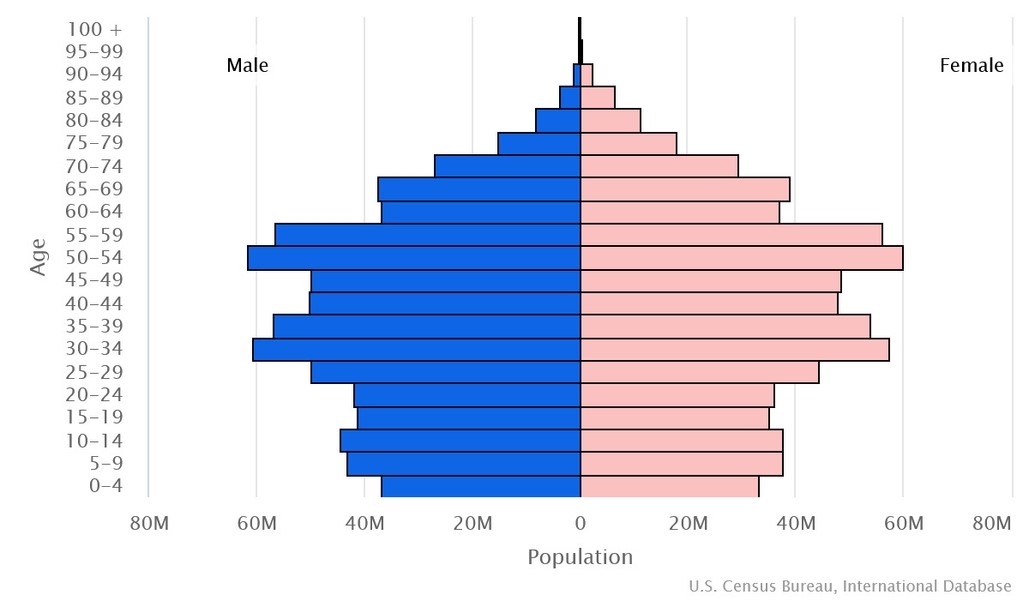Or so advise the august Editors of The Wall Street Journal. They only consider one side of the question. My august self considers some additional sides.
Start with the fact that Mr Trump would be an immediate lame duck. He can’t serve more than one more term, and if he does win it will be narrowly with little political capital.
This is a wash. If Biden is reelected, he’ll also be a lame duck with little to no political capital.
If the first term is a guide, Democrats will oppose anything Mr Trump proposes that isn’t one of their priorities.
And if Biden is reelected, he’ll most likely face a similarly split Congress and get nothing passed that isn’t a Conservative/Republican priority. Another wash.
The internal opposition will still be implacable, the leaks unending, the press relentlessly hostile.
It may well be that one of things Trump has learned is how to get rid of the internal opposition that puts their whims ahead of their duties as administration employees—including leakers, who are intrinsically dishonest regardless of which party they claim to favor.
Aside from that, while there are reasons to oppose a Trump Presidency, moving to stop him simply because internal opposition will still be implacable, the leaks unending, the press relentlessly hostile would simply be to vindicate those groups’ dishonesty and encourage further obstructionism.
It also isn’t clear Mr Trump could attract first-rate advisers.
He eventually figured that out in the latter stages of his term. Biden has already demonstrated that he has no first-rate advisors; there’s no reason to believe that he could find any for his second term.




